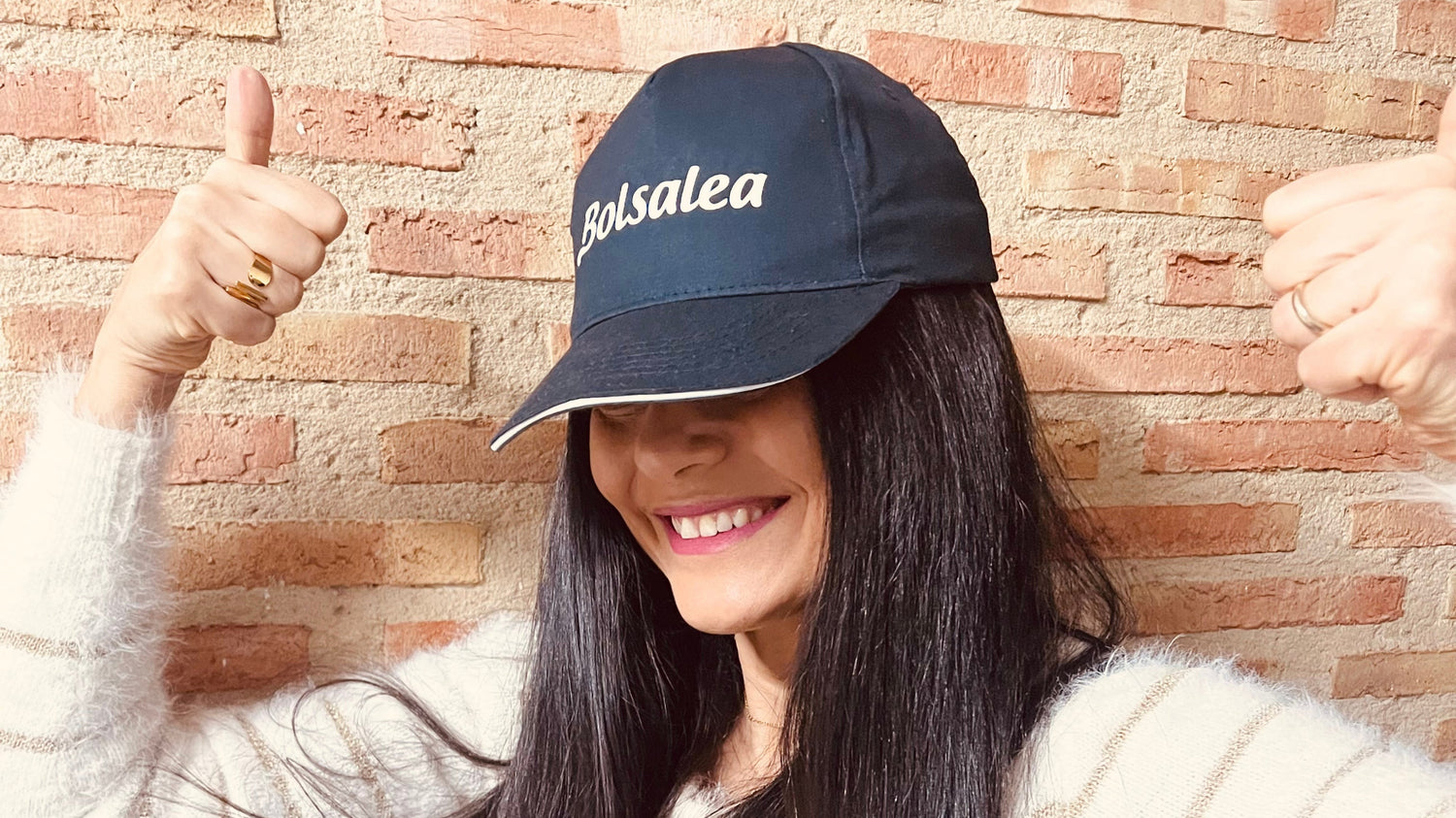Donner une seconde vie aux matériaux déjà utilisés est le point de départ de nombreuses initiatives de CM PLASTIK . Dans cet entretien, nous nous entretenons avec Carlos Martínez , PDG de l'entreprise, sur la manière dont ils transforment les déchets plastiques en nouveaux produits et sur l'approche concrète qu'ils adoptent dans chaque collaboration.
Carlos partage également ce que c'était que de travailler avec Canussa Lab sur le développement de The Closset , un projet qui combinait créativité, technique et engagement envers une production plus responsable.
Closetset : un défi partagé à valeur ajoutée
L'équipe CM Plastik s'est donné pour mission de transformer les déchets inévitables générés lors de la production des sacs et accessoires de notre marque en matériaux réutilisables grâce à des techniques de recyclage avancées, garantissant leur qualité pour les réintégrer dans le processus de production.
C'est ainsi qu'apparaît notre accessoire Closset, qui peut servir à la fois de crochet pour sac et sac à dos et de casier.
Cette initiative n’était pas seulement un défi technique, mais démontrait également comment la coopération entre entreprises peut conduire à des solutions pratiques ayant un impact réel.

Transformer les déchets en avantages multiplicateurs
Tout au long de son parcours, CM Plastik a collaboré avec diverses entreprises cherchant à valoriser leurs propres déchets. Nombre d'entre elles ont découvert que la réutilisation de leurs déchets présente des avantages qui vont au-delà de l'environnement . « Elles peuvent réduire considérablement leurs coûts d'acquisition de matières premières en réutilisant ou en recyclant ce qu'elles considéraient auparavant comme des déchets », explique Carlos.
Cette pratique permet non seulement de réduire les coûts et d'améliorer l'efficacité opérationnelle , mais aussi de bénéficier d'une certaine flexibilité face aux fluctuations des prix des matières premières. Parallèlement, elle permet aux entreprises d'adopter une approche plus responsable, adaptée aux nouvelles exigences du marché, renforçant ainsi leur identité et leur positionnement auprès des clients, des investisseurs et des partenaires stratégiques.
Les défis du changement : un modèle qui exige de l'engagement
Adopter des modèles circulaires n'est pas sans difficultés. « Cela nécessite une restructuration importante des processus et des chaînes d'approvisionnement, qui peut s'avérer coûteuse et complexe », explique Carlos.
Parmi les autres défis figurent le manque d'infrastructures , le besoin d'investissement dans l'innovation et la résistance interne au changement . Malgré cela, de nombreuses entreprises découvrent qu'avec vision et efforts, les bénéfices à long terme (en termes d'efficacité, de réputation et de durabilité) justifient le défi.
Des résultats de projet qui laissent une trace
CM Plastik a transformé les défis environnementaux en résultats mesurables. Parmi ses projets les plus marquants, citons sa collaboration avec Dentaid , qui a permis de récupérer et de recycler des brosses à dents, ou encore l'initiative avec Banco Santander , axée sur la valorisation des cartes bancaires. L'entreprise participe également aux efforts de Xaloc , qui contribue à la transformation des plastiques marins.
De plus, l'entreprise a développé des matériaux innovants en combinant des plastiques recyclés avec des fibres naturelles comme la paille de riz et les coques d'amandes, améliorant ainsi leurs propriétés techniques telles que la légèreté et la résistance. « Nous valorisons les déchets agricoles et réduisons l'utilisation de plastique vierge », souligne Carlos. L'entreprise explore actuellement de nouvelles combinaisons avec des fibres de vigne, des déchets de café ou du bois marin, avec des applications dans des secteurs tels que la construction, l'ameublement et l'emballage.
Chacune de ces initiatives contribue à réduire les déchets, à limiter les émissions et à évoluer vers un modèle industriel plus efficace et respectueux de l’environnement.
- Exemple de projet de cendriers avec Paradores de Turismo

La circularité dans le secteur public : un défi d'un autre genre
Pour Carlos, l'un des plus grands défis a été d'introduire des modèles circulaires dans le secteur public . Contrairement au secteur privé, où la prise de décision est plus agile, les institutions publiques sont souvent régies par des structures rigides et une mentalité encore ancrée dans les modèles linéaires traditionnels.
« La clé est de commencer par la sensibilisation et l’éducation, de construire des partenariats intersectoriels et de démontrer l’impact positif de l’économie circulaire avec des données concrètes et des études de cas, non seulement sur le plan environnemental, mais aussi social et économique », conseille Carlos.
Un avenir technologique et collaboratif pour la circularité
Pour la prochaine décennie, Carlos anticipe une transformation significative et positive du secteur du recyclage et de l'économie circulaire, principalement portée par les avancées technologiques . « La numérisation, l'intelligence artificielle et l'analyse de données joueront un rôle clé dans l'optimisation de la gestion des déchets et l'amélioration de la traçabilité des matériaux recyclés », explique-t-il.
En outre, la pression sociale et des entreprises croissante pour réduire l’empreinte environnementale conduira à des politiques plus strictes et à une plus grande coopération entre les secteurs.
Chez CM Plastik, nous nous engageons à être des acteurs actifs de ce changement, en recherchant des solutions qui transforment les déchets en ressources de haute qualité et contribuent à un avenir plus propre.

Engagement et leadership pour un avenir circulaire
La vision à long terme de Carlos pour CM PLASTIK est claire et ambitieuse : établir l'entreprise comme un leader de l'innovation et de l'économie circulaire , en transformant les déchets en ressources précieuses et en promouvant un modèle où rentabilité et responsabilité environnementale vont de pair.
Avec des projets d’expansion internationale et un engagement fort en faveur de l’amélioration continue, CM Plastik vise non seulement à réduire la pollution plastique, mais également à inspirer d’autres entreprises à rejoindre la cause.
Son dernier message à ceux qui entrent dans le secteur est encourageant et inspirant : « N'ayez pas peur d'innover et de travailler ensemble ; le changement commence par vous . » De cette façon, CM PLASTIK réaffirme que l'économie circulaire n'est pas seulement une mission avec un réel impact mais un avenir prometteur pour tous.






